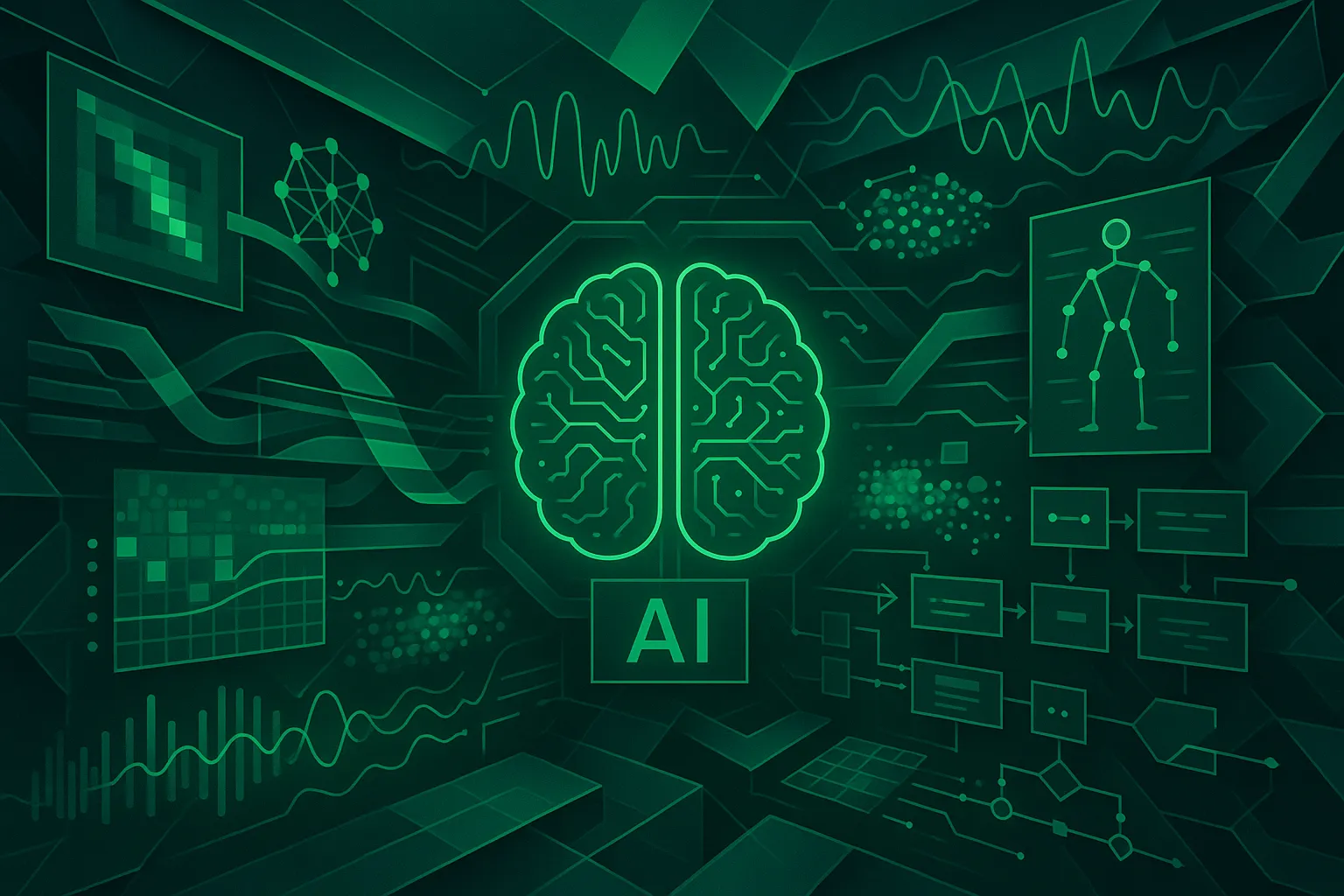
2025-01-16T04:00:00+00:00
Artificial intelligence (AI) is advancing rapidly, and one of the most exciting innovations is OpenAI's CLIP model. CLIP is set to transform how machines interpret and utilize images and text, projecting a future where AI becomes ever more sophisticated.
Diving into CLIP: The Game-Changer in AI
CLIP, short for Contrastive Language–Image Pre-training, was released by OpenAI in 2021, ushering in a new era for multimodal AI. It stands out with its ability to deftly merge visual and textual data interpretation, achieving what traditional models struggled with. By leveraging shared embeddings, CLIP can seamlessly connect images with their textual descriptions, paving the way for groundbreaking applications.
Inner Workings: Dissecting CLIP's Architecture and Training
At CLIP's core lies a dual-encoder architecture: one for images and another for text. The image encoder employs either ResNet or Vision Transformers, while its text counterpart takes advantage of CBOW, BERT, or Text Transformers. What makes CLIP truly innovative is its multimodal embedding space, where these representations coexist. Trained on over 400 million image-text pairs scraped from the internet, the model excels at recognizing and linking concepts from diverse real-world contexts.
Training CLIP involves extracting key features, learning projections, normalizing these embeddings, and calculating cosine similarities for efficient image-text pairing. This meticulous approach ensures the model aligns related inputs closely, while unrelated pairs are separated effectively.
Zero-Shot Learning: CLIP's Versatile Talent
One of CLIP’s standout features is its zero-shot learning ability. Without the need for additional data, CLIP performs admirably across various visual classification tasks. This capability echoes the flexibility seen in GPT-2 and GPT-3, making it a powerhouse in terms of both adaptability and efficiency.
Real-World Applications: Expanding Across Fields
The uses of CLIP stretch across numerous domains. In art and design, it transforms textual prompts into vivid images, propelling creativity to new heights. It also enhances accessibility by facilitating advanced image searches and supporting content moderation. By uniting text and imagery, CLIP is a vital asset for interdisciplinary projects.
Overcoming Challenges: Navigating Bias and Beyond
Yet, CLIP is not without its challenges. It can be influenced by the quality of training data and existing biases. Additionally, it struggles with abstract concepts and images outside its training dataset. Ongoing research aims to address these limitations, improve model interpretability, and integrate its capabilities with other AI frameworks.
Conclusion: Leading the AI Evolution with CLIP
In essence, OpenAI's CLIP is more than a technological marvel; it signifies a fundamental shift in AI's capability to connect and interpret multimodal data. By linking text to images, the future of AI will undoubtedly be reshaped, with CLIP leading the charge towards an AI that comprehensively understands and interacts with our world. Understanding CLIP reveals a promising future brimming with potential; how do you envision AI transforming your daily experiences or your industry in the coming years? Share your thoughts, or delve deeper into how CLIP could impact fields close to you.